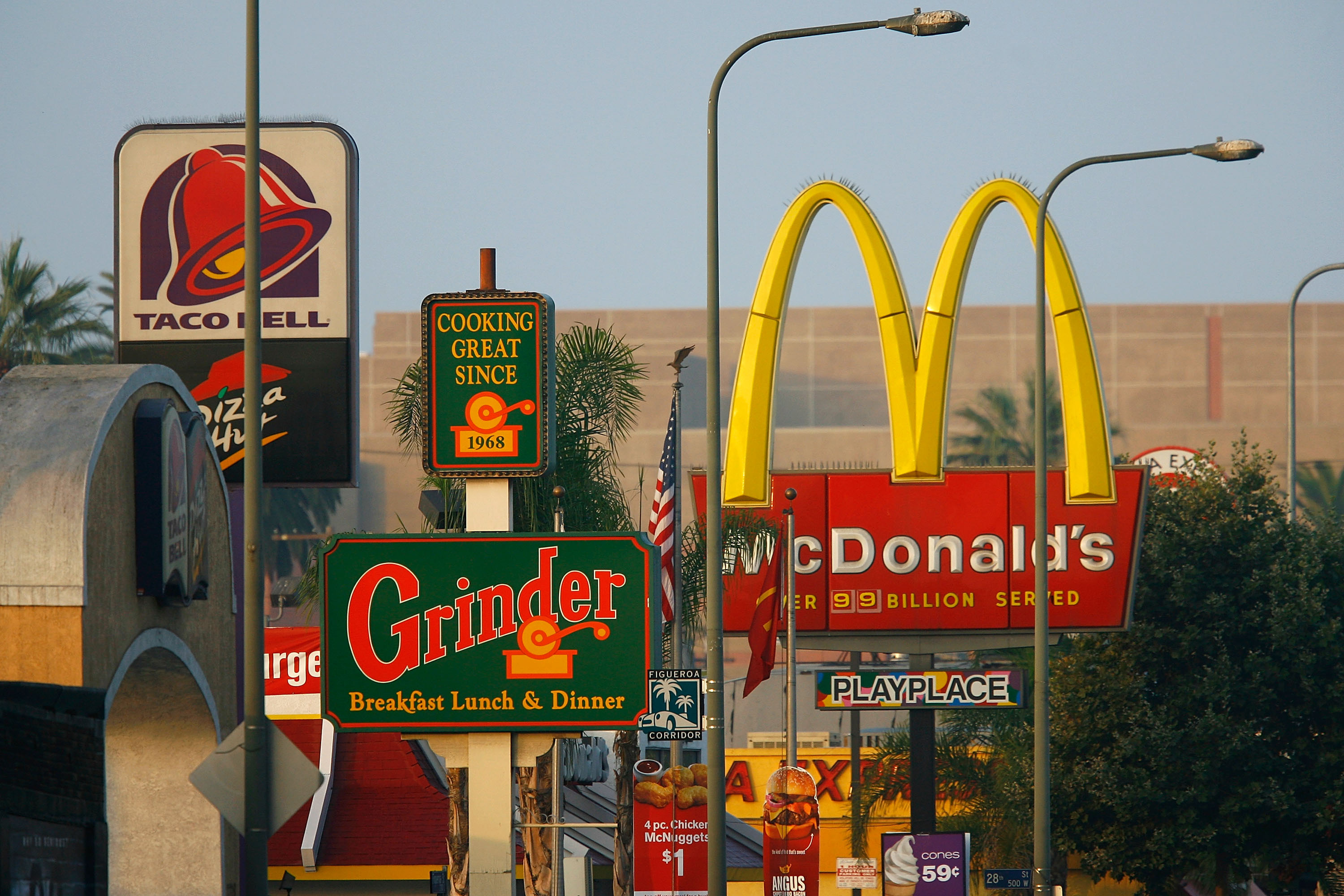A new study by the Rudd Center for Food Policy and Obesity at the University of Connecticut suggests that living in a food swamp – a neighborhood where fast food and junk food outlets outnumber healthy alternatives – is a stronger predictor of high obesity rates than living in a neighborhood with limited access to affordable, nutritious food, or food desert.
Food deserts have long been identified as one possible driver of the nation’s obesity epidemic.
This new study is the first to compare food swamps to food deserts, and measure their association with obesity rates using national, county level data. Importantly, the results show that food swamps are distinct from food deserts. This has policy implications for local communities interested in stemming rising obesity and promoting health equity.
“While food deserts are certainly a problem in our country, our results show that food swamps, which capture the balance of unhealthy to healthy food outlets, predict obesity rates more accurately than food deserts,” said Kristen Cooksey-Stowers, a postdoctoral fellow with the UConn Rudd Center, and lead author of the study.
The new research used national data at the country level for adult obesity rates and data on the presence of a variety of food outlets such as supermarkets, convenience stores, fast-food restaurants, farmers’ markets, and specialty food stores.
The study was published today in the International Journal of Environmental Research and Public Health.
Key findings include:
- The researchers assessed food swamps using three different measures, and all three resulted in a significant correlation between obesity rates and the presence of unhealthy food outlets.
- Food swamps influence obesity rates across the socio-economic spectrum. The effect remained strong across counties with both high and low levels of income inequality.
- People who rely primarily on walking to get from place to place may be more vulnerable to the negative effect of living in a food swamp. The food swamp effect on obesity rates was stronger in counties where people were less likely to drive or use public transportation to get to work.
“This study takes a much more holistic look at the food environment on a local level,” Cooksey-Stowers said. “Our findings support the need to consider local government policies such as zoning laws that would simultaneously restrict access to unhealthy food outlets, while incentivizing healthy food retailers to locate in underserved neighborhoods.”
Study co-authors include Marlene Schwartz, UConn Rudd Center director and professor of human development and family studies, and Kelly Brownell, dean of the Sanford School of Public Policy at Duke University.



